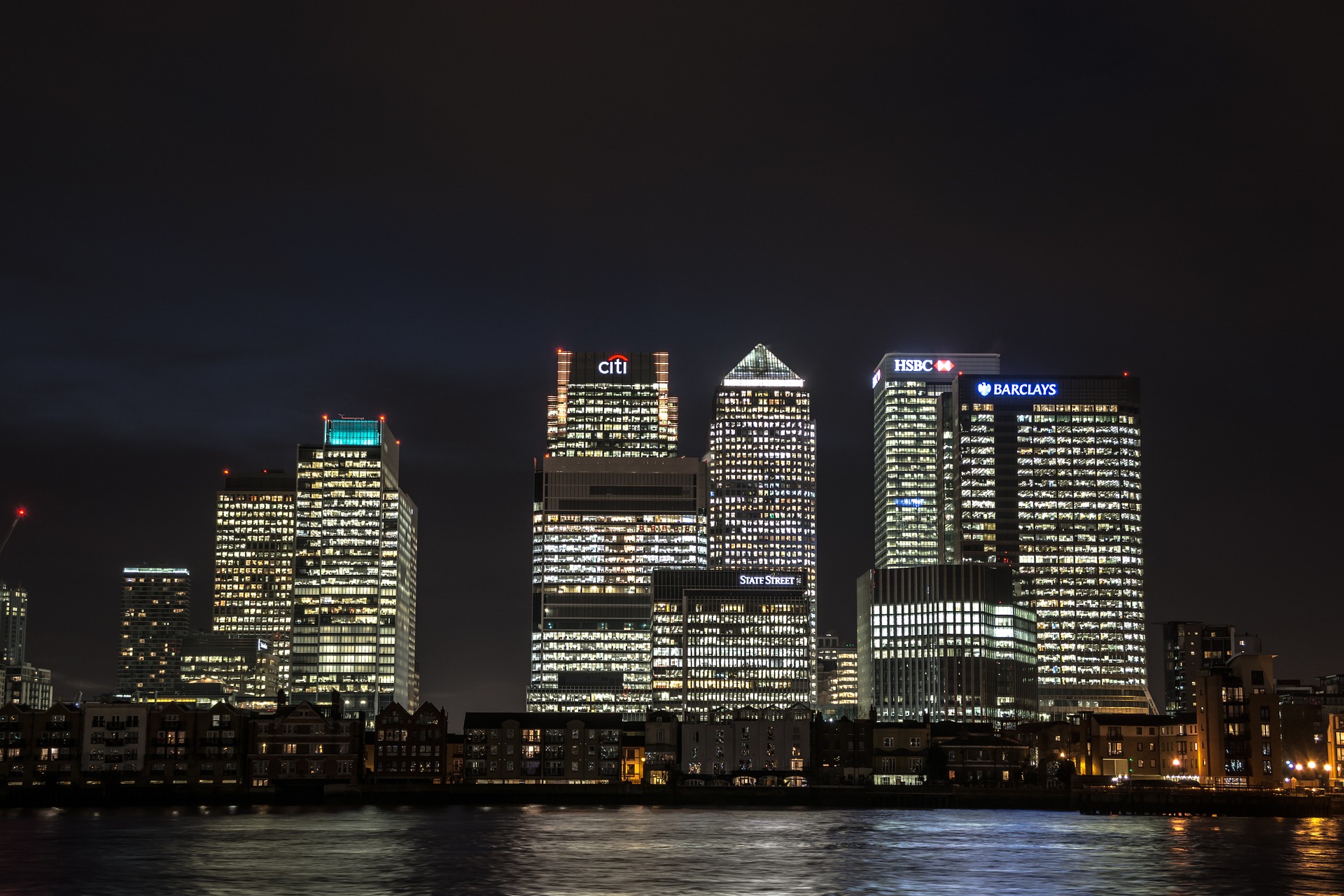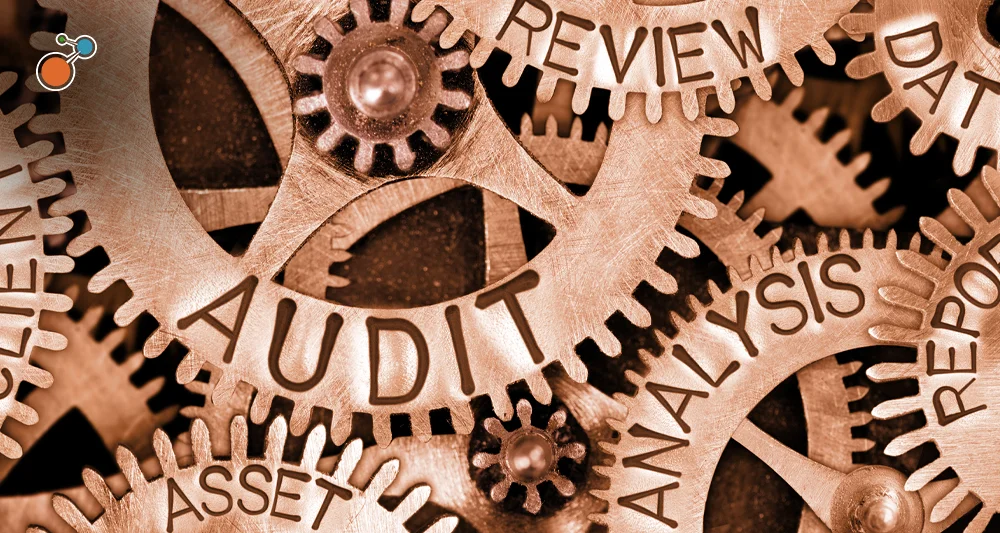Very soon many of the organisations supervised by the FCA will have to conform to the Senior Managers and Certification Regime (SMCR). As many people know the SMCR already applies to UK banks, building societies, credit unions, branches of foreign banks operating in the UK and the largest investment firms regulated by the PRA and the FCA. Within insurance the SM&CR replaced the Approved Persons Regime and the PRA’s Senior Insurance Managers Regime from 10 December 2018.
From 9th December 2019 the FCA are extending SMCR to every firm they regulate, from very small firms and those with limited permissions (including sole traders and limited permission consumer credit firms) to some of the largest global firms. The Senior Managers & Certification Regime will also apply to all FSMA authorized firms and to branches of non-UK firms with permission to carry out regulated activities in the UK. With this dramatic change in mind, the FCA has released a short video from the banking sector that has had the most experience with SMCR and it’s implementation. It includes some useful interviews with leaders in the sector. In summary the key points that are made are as follows;
1. It’s going to represent a sea of change for many senior managers and the cultures of the organisations in which they work.
As Jonathan Davidson, Executive Director of Supervision at the FCA comments:
“SMCR is very simple but its effects are radical, they’re going to shift the culture of financial services. I think there are two main outcomes that I’m seeking to achieve from this. One is that every individual in financial services that interacts with a customer, does work that could affect customer outcomes, really holds themselves to a standard for their behaviour which is not just a tick boxing exercise of ‘I’m complying with some process’ or something else, they’re actually saying ‘There is a standard here of my behaviour and my skills and my due diligence that I need to reach.’ So that’s one outcome. A second outcome I think is that leaders say: ‘I’m not just accountable and take responsibility for my own actions, I’ll take responsibility for leading'”.
With this in mind, organisations must be seek to manage the change which is likely to effect individuals when it comes to implementing this new framework. Failure to do so could lead to senior managers inherently rejecting SMCR thus leading to very minimal changes in behaviour and mindset.
2. Its actually not about compliance ‘box ticking’ but just codifying business as usual when conducted professionally
The Senior Managers and Certification Regime is not an entirely new concept. In fact industry regulators have been vying for a more effective approach to accountability within financial services for more than a decade, following the banking failures unearthed during the 2008 financial crisis. The hope is that with a greater level of ‘responsibility’ being placed on senior managers to behave in a fit and proper manner, should ensure that better standards of conduct occur at all levels within an organisation As Dame Jayne-Anne Gadhia, Former Chief Executive Officer, Virgin Money puts it:
“I remember actually speaking with Andrew Bailey about it a while back and he said: ‘I really don’t understand what all the fuss is about because actually this should be what people are doing already’ And it was one of those moments, you know, when people say something really straightforward and sensible and you go: ‘Yes, of course, that’s exactly right’, this is effectively sort of structuring the way in which boards and senior managers should have been behaving all along, and I think that enabled us to think about: “Well, actually we’re not just complying with a rulebook, we’re trying to do our jobs properly”.
The Senior Managers regime should therefore be considered, by firms, as a guide as to best practices individuals should adhere to in relation to their responsibilities and what they are accountable for. As Dame Jayne-Anne Gadhia continues:
“It’s really important to understand the essence of the Senior Managers Regime, which isn’t trying to trip us up, it isn’t trying to end up with everybody in prison – it’s actually to make sure that everybody does understand what’s asked of them, does understand the job that they’re supposed to do and can deliver on it to the best of their ability and, you know, in my experience, most people, that’s exactly what they want to do.
3. It adds real tangible value to the way that businesses operate
Jon Symonds, Deputy Group Chairman at HSBC comments:
“Prior to the Senior Managers Regime, we were constantly asking questions of: “So who’s accountable? How is this project going to get delivered, by when and by whom? And who are the teams?” And so the Senior Managers Regime came into an environment where actually we were looking for more clarity and, to be honest, the stimulus it gave us in its implementation was exactly what we needed.
Jayne-Anne Gadhia adds:
“The real change, I guess, was being absolutely clear about objectives and accountabilities and I think before the Regime came in, we thought we were clear but when you start to then put it against a required template, you realise that there are some areas that are a bit fuzzy and some areas of decision-making that weren’t really clear enough. And so I think it really sharpened up our ability to talk to people about their objectives and accountabilities, really sharpened up where decision making sat between the board and the executive, for example, and it enabled us of course to document that in a thorough way and then hold people accountable for delivering against it.”

4. It’s a journey which takes a good deal of planning, time and resource and it should be owned by the business, not HR or Compliance in isolation
Vis Raghavan says:
“The first point I’d make is it’s a journey, it takes a lot of planning. It also demands a lot with regard to intensity, resources, thought that goes into the whole process and I would say the one key piece which I would kind of absolutely leave with somebody else who is adopting it is – this has got to be owned and led by the business, so you cannot delegate it to HR or compliance or any other kind of function within the building.”
Liz Nolan adds:
“You have to ensure that it’s a business initiative. It’s not a compliance initiative. It’s one of the things that we felt resolutely through this. Compliance as a second line function are there to help and to guide but the business has to own and embrace it. The business has to be the one that really is understanding and driving how to implement and that’s how you’ll embed it.”
5. Systems can help reduce the ongoing overhead of regime administration
While the initial setup of the SMCR in terms of defining and codifying who is responsible for what can be undertaken on a spreadsheet, people are finding that the ongoing management and administration can be significant. This is where a dedicated SMCR software that is integrated into other areas such as operational risk, compliance, audit or HR can be of huge value in driving down the cost of ongoing administration.




